Table of Contents
1. What “FortiGate on Chrome” Actually Means
FortiGate’s browser-side integrations come in two main flavors:
- FortiClient Web Filter Chrome Extension (formerly “FortiProxy”) that enforces URL filtering in the browser via the FortiGuard subscription.
- FortiGate SSL-VPN ActiveX/NW.js plugin or “chrome_extension” that allows SSL-VPN users to connect directly from Chrome without a separate client.
Both are delivered either via FortiClient EMS (Endpoint Management Server) or by end-users installing from the Chrome Web Store/portal. Disabling or removing them breaks filtering or SSL-VPN connectivity, so it’s important to understand which integration you have before proceeding.
2. End-User GUI: Disabling or Removing the Extension
If you simply want to turn off the FortiClient Web Filter in your own Chrome browser, follow these steps:
- Open Chrome Extensions Page
- In the address bar type
chrome://extensionsand press Enter.
- In the address bar type
- Locate the FortiClient Web Filter Extension
- Look for FortiClient Web Filter or FortiProxy for Chrome in the list.
- Toggle It Off or Remove It
- To temporarily disable, click the blue toggle so it turns gray (extension is inactive).
- To permanently remove, click Remove, then confirm by clicking Remove again in the dialog .
- Restart Chrome
- Close all Chrome windows and reopen to ensure the extension is fully unloaded.
Result: Your browser will no longer perform DPI-based URL filtering or web-category enforcement.
3. Logging Out of a FortiGate SSL-VPN Session
If you’re connected to your organization’s FortiGate via the browser-based SSL-VPN portal, closing the extension may not terminate the active VPN session on the firewall. To fully disconnect:
- Access the SSL-VPN Web Portal
- Navigate back to the VPN portal URL (e.g.,
https://vpn.example.com/remote).
- Navigate back to the VPN portal URL (e.g.,
- Click “Disconnect” or “Log Out”
- On the top-right, you’ll usually see a Disconnect or Log Out button—click that.
- Verify on the Firewall
- An administrator can run on the FortiGate CLI:
diagnose vpn sslvpn sessions list
- Then remove your session with: shell
diagnose vpn sslvpn session clear <session-id>
- This ensures no lingering tunnel remains on the appliance.
4. Enterprise-Level Controls
4.1 Disabling via FortiClient EMS
If you manage endpoints with FortiClient EMS, you can centrally turn off the Web Filter extension or prevent its installation:
- In the EMS console, go to Device Management → Chrome Management → App Management.
- Select FortiClient Chrome Web Filter Extension.
- Under User Settings, toggle Block Installation or Force Disable.
- Deploy the updated settings to your endpoint group.
4.2 Using Google Admin / Chrome Enterprise Policy
For organizations leveraging Chrome Enterprise and G Suite / Google Workspace, you can push an extension-block policy:
- Log in to the Google Admin console.
- Navigate to Devices → Chrome → Apps & Extensions → Users & Browsers.
- Click Add under Blocked extensions.
- Enter the FortiClient Web Filter’s extension ID (found on the Chrome Web Store page).
- Save and apply to your OU.
All managed Chrome browsers will automatically disable or uninstall the FortiClient extension on next policy refresh.
4.3 Group Policy Objects (Windows-Only)
If Chrome is managed via Active Directory, set the registry key via GPO:
[HKEY_LOCAL_MACHINE\SOFTWARE\Policies\Google\Chrome\ExtensionInstallBlacklist]
"1"="extension_id_here"
This blacklist prevents users from installing or running the FortiClient filter extension.
5. Troubleshooting & Best Practices
- Still See Filtering?
- Double-check under
chrome://policyto ensure no Chrome policies are re-enabling the extension. - Look in
chrome://net-internals/#dnsand clear host cache if URL filtering seems stuck.
- Double-check under
- Leftover Files
- Manually remove
%LOCALAPPDATA%\Google\Chrome\User Data\Default\Extensions\<extension_id>.
- Manually remove
- Re-enabling Later
- If you need filtering again, simply re-install from the Chrome Web Store or re-enable via EMS/Policy.
- Security Implications
- Disabling FortiClient Web Filter removes corporate URL protection—ensure end-users know when and why they’re doing this.
- Always require SSL-VPN reconnection for remote access.
- Automated Cleanup Script (PowerShell)
[HKEY_LOCAL_MACHINE\SOFTWARE\Policies\Google\Chrome\ExtensionInstallBlacklist]
"1"="extension_id_here"
- Running this script in a login script or endpoint management tool can sweep out the extension
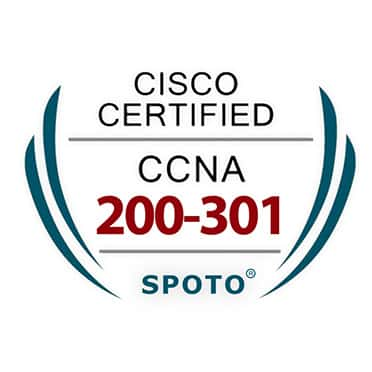
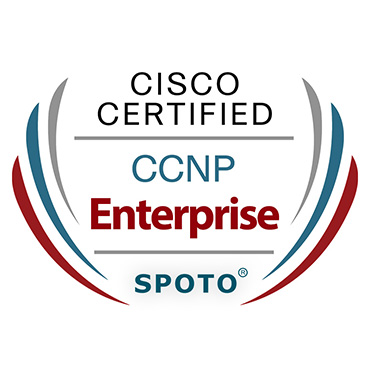
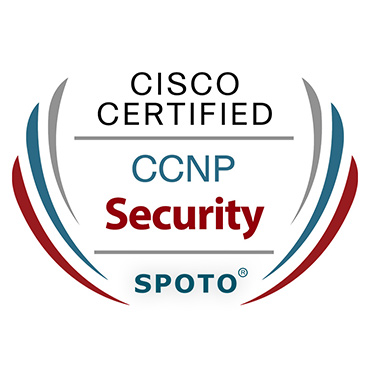
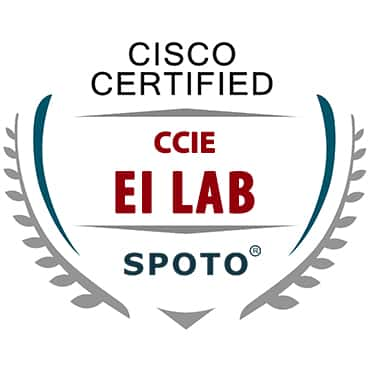
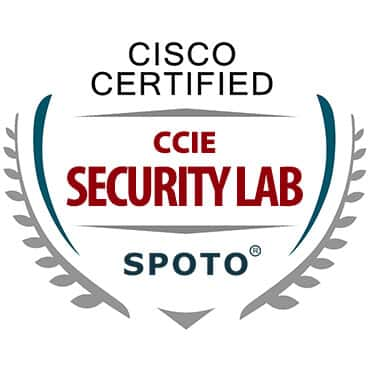
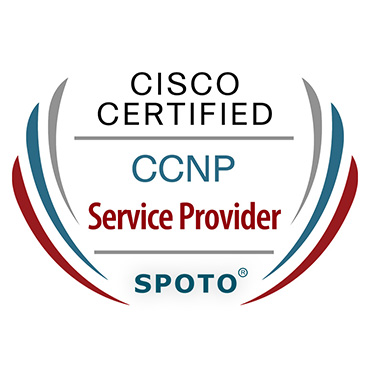
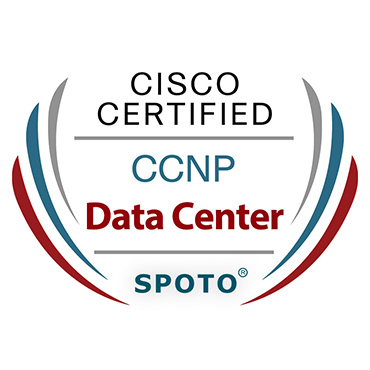
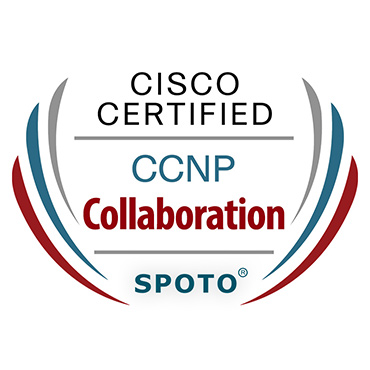
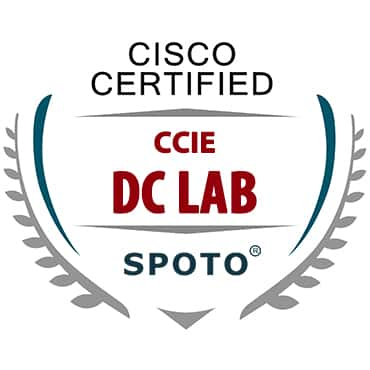


Comments